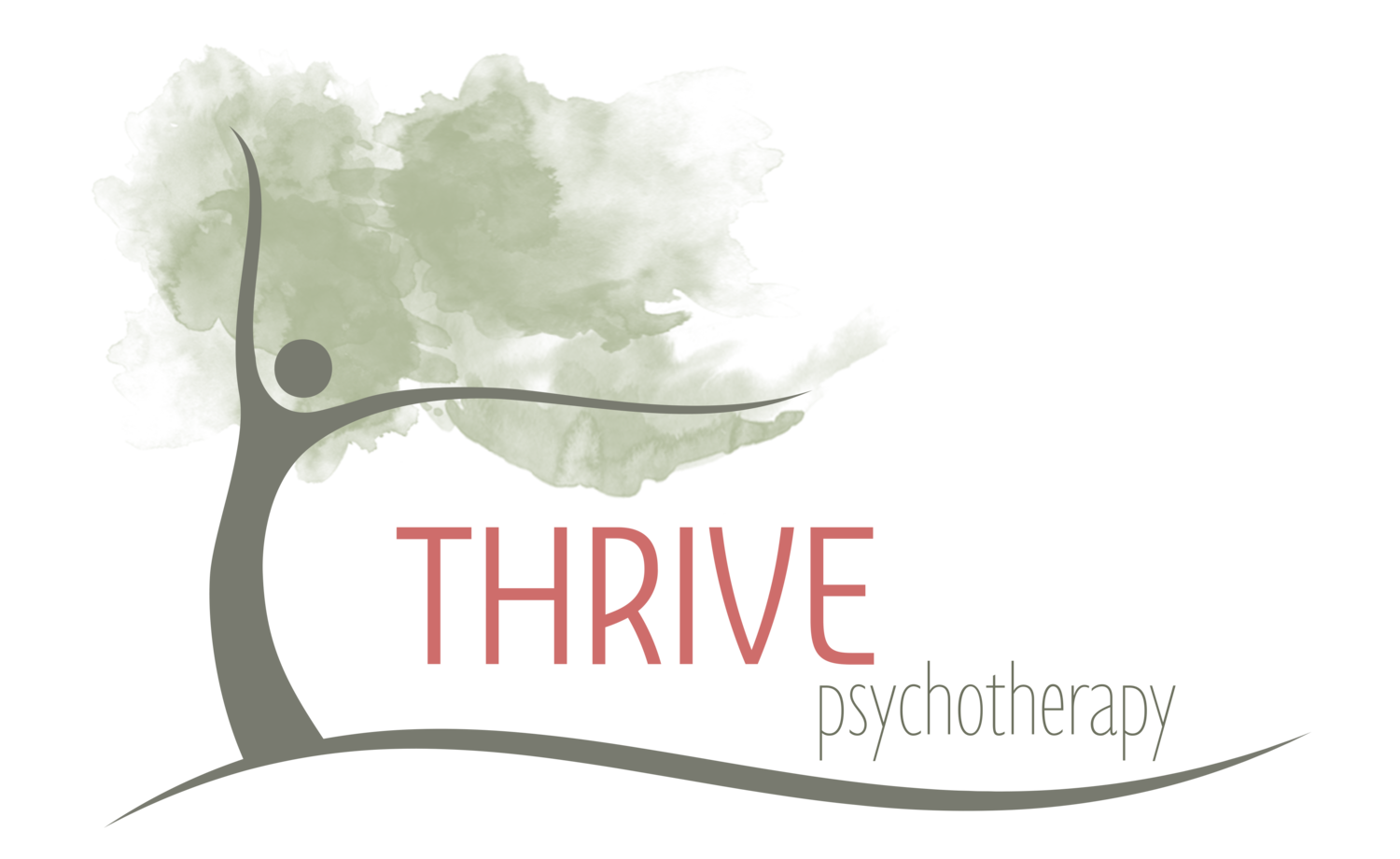Five Things To Know about OCD
When most people think of OCD they might think of extreme orderliness or washing your hands a lot. It gets thrown around as a way to describe people who are neat but most people don’t actually know what OCD is. Here’s a starter guide to the ins and outs:
OCD Stands for Obsessive Compulsive Disorder
Most people already know the meaning behind the acronym but may not know what obsessions and compulsions actually are. An obsession is an unrelenting thought or mental image that is bothersome or distressing. Some common examples of obsessive thoughts are “what if something bad happens to my family?” or “what if I get a serious illness?” Everybody has doubt and worry thoughts from time to time but most people with OCD would describe their obsessive thoughts as haunting. They often feel like these concerning thoughts won’t leave them alone and even if they try to rid themselves of the thoughts they return uninvited.
Compulsions, on the other hand, are usually observable actions that provide some kind of relief from the distress elicited by an obsessive thought. The most common example of a compulsion is repetitive hand washing (often in reaction to an obsessive thought about contracting a serious illness or being dirty). Compulsions can take many forms including running through a mental checklist, touching a specific object, or checking to make sure that the stove is really off. Just like obsessions, everyone does actions that could look like a compulsion occasionally but people with OCD often feel compelled to do these actions over and over to seek relief from their distress.
OCD is Really Common
About 1 in 50 people (more than 2% of the world population) have OCD. In the United States, it affects more than 3 million adults. For most people it develops in childhood, adolescence, or early adulthood and may stick with them for a long time until they seek treatment. The delay is caused by a lack of understanding of what OCD really is. This means that most people with the disorder suffer in silence and without a diagnosis for years (or decades) until someone is able to identify their symptoms as OCD and refer them for appropriate treatment.
Many Shapes and Sizes
When we think about OCD a lot of people picture someone who is extremely neat or washes their hands often. While these behaviors can be indicative of OCD, they are just a small piece of the pie. OCD can be as different as the people it affects. There are many subtypes that point the affected person toward specific obsessions and compulsions.
Some people fear accidentally or unknowingly doing harm to themselves or others while others are preoccupied with thoughts that their partner is dishonest or unfaithful. People with these subtypes may often check to make sure that the thing they fear has not happened or may ask others to reassure them that nothing is wrong. OCD can also manifest as a fear that our thoughts can be dangerous or spiritually/morally wrong which may lead people to try to “correct” their thoughts by being on the look out for “bad” thoughts and replacing them with “good” thoughts. Others count, touch, or hoard in an attempt to feel less distressed.
For more reading check out these resources:
https://www.psychologytoday.com/blog/living-ocd/201107/the-many-flavors-ocd
http://www.ocduk.org/types-ocd
http://www.helpguide.org/articles/anxiety/obssessive-compulsive-disorder-ocd.htm
You Can’t “Just Stop It”
To an outsider, OCD may not make much sense and the assumption is that the person should “just stop” acting strangely. This is an unfair and inaccurate assumption. Most people with OCD have tried time and time again to stop the cycle of worry and reassurance to no avail. In fact, most people with the disorder know that what they are doing doesn’t make them feel better but they can’t find an alternative way to cope with their distress. Once OCD has become distressing enough to interrupt your life you can’t “just stop” and it’s a good time to seek help from a professional.
OCD Responds Well to Treatment!
Good news! There are several highly effective treatments for OCD that allow people to feel less distressed and distracted.
The gold standard in OCD treatment is Cognitive Behavioral Therapy. This typically involves working with a specialized therapist to build healthy coping skills and challenge your problematic beliefs. OCD tells you that you can’t handle the worry or distress caused by your obsessive thoughts and that you have to do compulsions to feel better. Through therapy we can start to identify these thinking patterns and recognize that it is OCD lying to you. Through a treatment called Exposure and Response Prevention you are able to notice that there are other ways to feel better when your worry thoughts are triggered and that you can tolerate the distress caused by your thoughts. Meditation, medication, building support, and finding healthier coping skills can all supplement therapy.
The bottom line: OCD is a treatable mental illness that needs more accurate exposure because it effects millions of people, many of whom will never receive effective treatment. Be an advocate and spread the word!
If you or someone you know is struggling, reach out and schedule an appointment.

